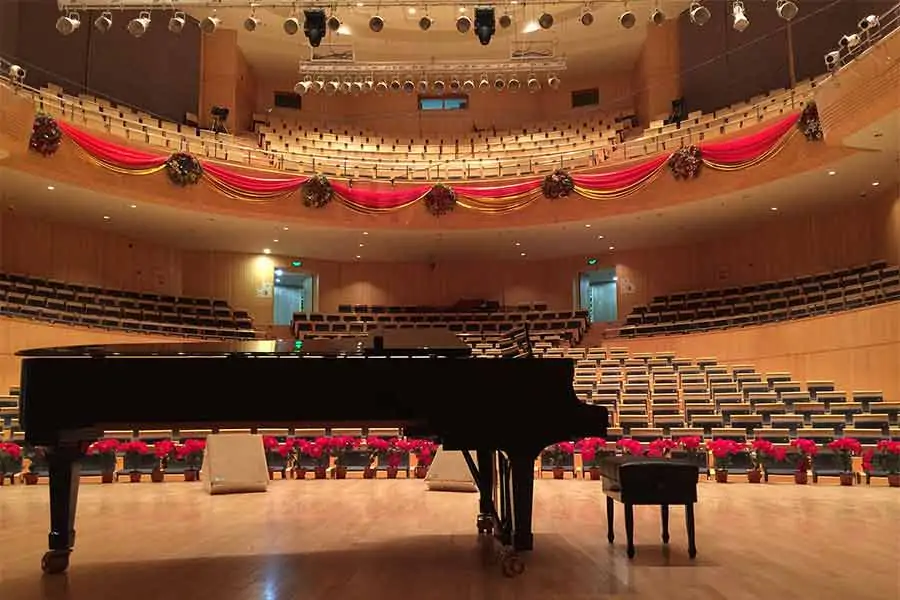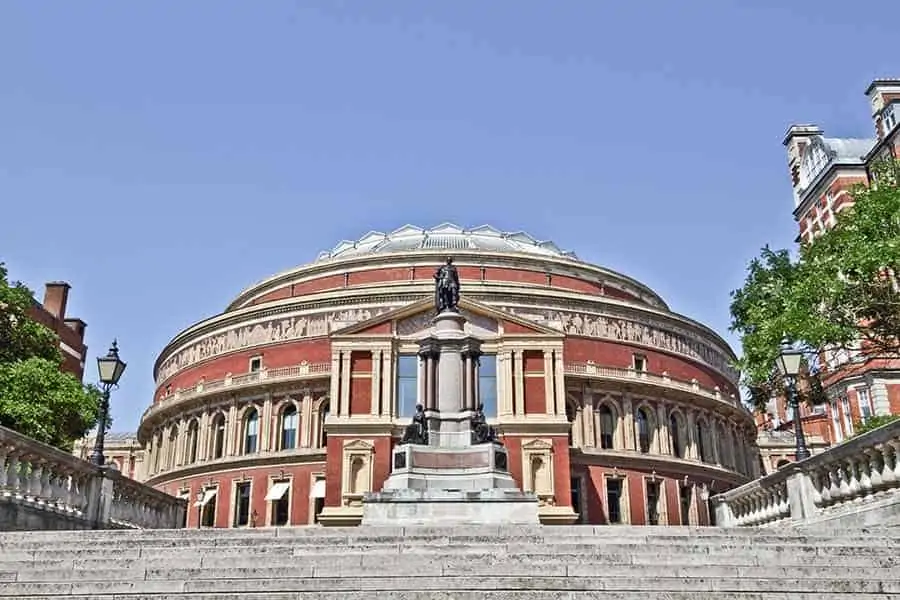DIY Video Studio is supported by its readers. Please assume links on this site are affiliate links or ads, and that I get commissions for purchases made through these links. As an Amazon Associate, I earn from qualifying purchases. Thank you if you use any of the links.
Sound will echo in an empty room because if there is nothing to stop the sound from reflecting between hard surfaces, such as the walls, windows, ceiling, and floor
What is an echo
If you stand opposite a flat wall and snap your fingers, the sound of the ‘snap’ will reach your ears by two routes.
The first route is the direct one, from your fingers straight to your ears.
The second route is an indirect one. The ‘snap’ sound will travel from your fingers to the wall, be reflected, and travel to your ears.
Since the second route is longer, the reflected ‘snap’ sound will take longer to reach your ears. So, when you snap your fingers you will hear the sound taking the direct route first. This will be followed by the reflected ‘snap’ taking the indirect route.
If the delay between the first and second ‘snap’ sounds is long enough, you will hear the second ‘snap’ as an echo.
As mentioned above, the echo is usually a little quieter than the direct sound traveling to your ear
Large rooms and rooms with lofty ceilings can produce quite distinct echoes. But in normal domestic rooms, the echo is better described as a reverberation.
What causes an echo in a room?
In an empty room, if the flat hard walls, floor, and ceilings are parallel, the sound will bounce back and fore between the reflective surfaces.
Surfaces, such as glass, stone, tiles, plasterboard, and wood are very reflective and will enhance the reflection of the sound. This will give the room a ‘lively’ acoustic.
A room will have a property known as ‘modes’. These modes are the diverse ways sound can bounce around within the room space. There can be three types of room modes, Axial, Tangential, and Oblique.
Axial is the simplest mode. The sound bounces between opposite walls or the floor and ceiling.
Tangential modes involve four surfaces for the sound wave to reflect off as it loops around the room. The four surfaces could be the four walls or two walls, the floor, and the ceiling.
Oblique modes involve the sound bouncing off all six sides of the room. That is the four walls plus the floor and ceiling.
If you have a room with a tall ceiling the total length of the room mode can be exceedingly long. This increases the length of the room reverberation and why tall ceilings can cause acoustic problems.
Do all rooms echo?
No, but they can have a reverberation.
You will only hear an echo in large rooms, such as halls and churches. The reason you only hear echoes in large rooms is down to the limitation of human hearing.
Our ears cannot distinguish between a sound and its echo if the echo arrives at our ears less than 1/10th sec after the original sound. If the difference in arrival time is under 1/10th sec we hear the echo superimposed onto the end of the original sound, but a little quieter.
If the sound keeps bouncing around the room, we will hear a sequence of echoes, each one overlapping with the next one, which will be quieter. The sound appears to continue but gradually fades away.
What you hear is known as reverberation.
So, in a typical domestic room, we cannot perceive the individual echoes because the gap between arrivals is less than 1/10th sec.
What’s the minimum room size to hear echoes?
So how large has the room to be for us to hear an echo? This is going to require a little calculation, but don’t worry the math is simple.
Remember, you can only distinguish the echo from the direct sound if the echo arrives more than 1/10th sec after the original sound.
The distance sound travels in one-tenth of a second is given by multiplying the speed of sound by the time. So that is 343m x 0.1sec. or 34.3m. In the case where we snap our fingers, the total route of the snap echo is twice the distance to the wall (the snap goes from our fingers to the wall and back again).
So, the smallest room in which we would hear an echo would be 34.4 divided by 2, or 15.15m. In imperial units that are 56ft 3inches.
Most homes do not have rooms that are that large. So, a home video studio or home recording studio is unlikely to produce echoes. Any room that is smaller than 56ft wide (or long) will not produce echoes, but you may hear a reverberation.
Why do some rooms sound better than others?

Generally, rooms don’t make a sound. But nonetheless, some rooms “sound” better than others. It’s all about the reverberation in the room and how it decays.
Since rooms usually have more than one hard surface, for instance, four walls, a floor, and a ceiling, the sound can take many routes before arriving at our ears (or microphone). The multiple routes from several hard surfaces overlap since the sound traveling different length routes takes different lengths of time to arrive. This will determine the nature of the acoustics within the room.
If you are recording musical instruments or singing in the room, it is the reverberation that gives the instrument or voice a richer, smoother, and deeper quality. That is why your singing voice appears to sound better while in the bathroom or shower. It is also why reverb effects are used in almost every recording studio you might visit.
Large rooms, such as concert halls, exhibit a lot of reverberation and are commonly referred to as having a “lively acoustic”. However, rooms or halls that have little reverberation are known as sounding “dead”. Normally, a longer reverberation helps to accentuate the music and improve the sound quality of the instruments and the performance.
However, reverberation is not always desirable. This is the case when recording speech, whether for a podcast or when shooting a video.
Reverberation, especially longer reverberation times, can make speech sound “muddy” and difficult to understand.
How do you stop a room from echoing?
Various techniques can be used to stop a room from echoing. Essentially you need to reduce the area of flat reflective surfaces in the room
When designing a concert hall an architect can increase the reverberation time by increasing the size and reduce the amount of absorption in the room.
In the case of a home studio, where you want to reduce the reverberation time, you would do the opposite. Your room size might be fixed but you can increase the amount of sound
I talk about reducing echo in a room cheaply plus other techniques on how to reduce echo in a room for recording in this article. It’s called fifteen effective ways of reducing echo in a room cheaply and will guide you through the many ways of reducing or eliminating room echoes.
Tosh Lubek runs an audio and video production business in the UK and has been using the Canon EOS R since it was released in the Autumn of 2018 and the Canon EOS R6 in 2020. He has used both cameras to shoot TV commercials broadcast on Sky TV, promotional business videos, videos of events and functions, and YouTube creator content. He has also won several international awards for his advertising and promotional work. You can meet him by visiting his “video booth” at HashTag Business Events across the country.
Recent Posts
Most people use sandbags the wrong way. Here’s how to hang them properly on a light stand for maximum stability and safety — plus what to fill them with.
You're Using the Canon RF 50mm f/1.8 WRONG! Here’s How to Fix It
If you’ve recently picked up the Canon RF 50mm f/1.8 STM—affectionately known as the Nifty Fifty—you might be confused by that strange switch on the side of the lens. It doesn’t say AF/MF...


